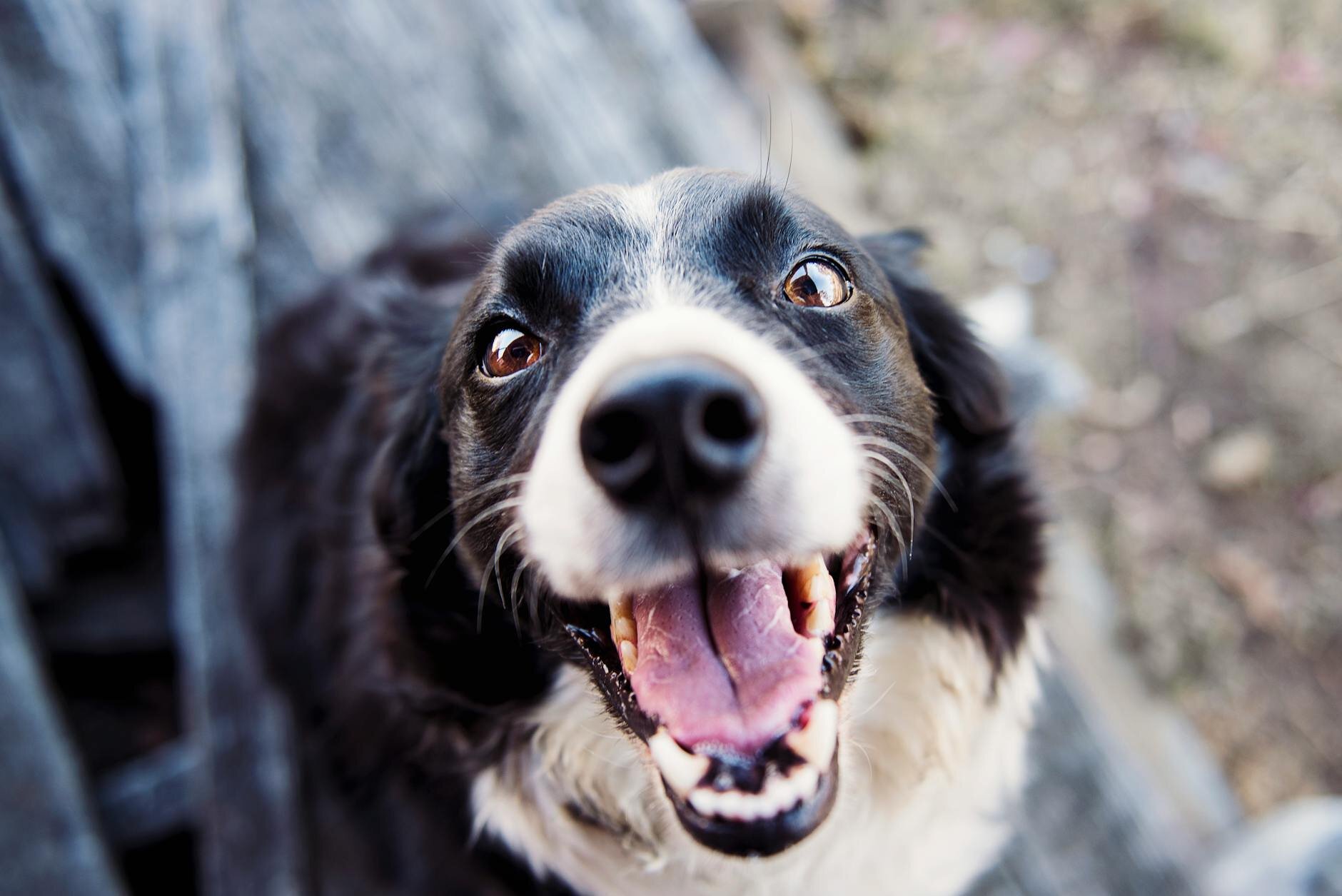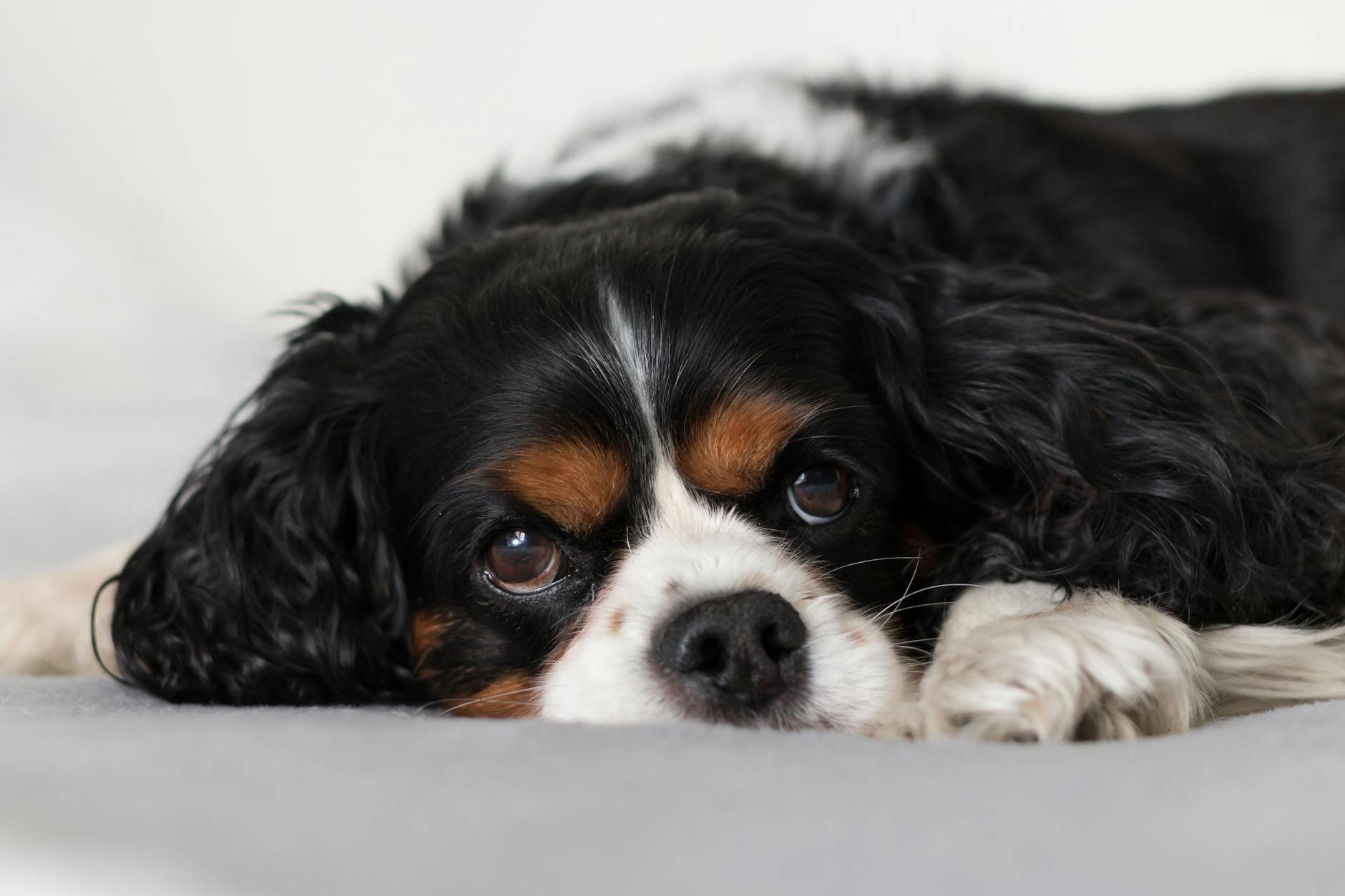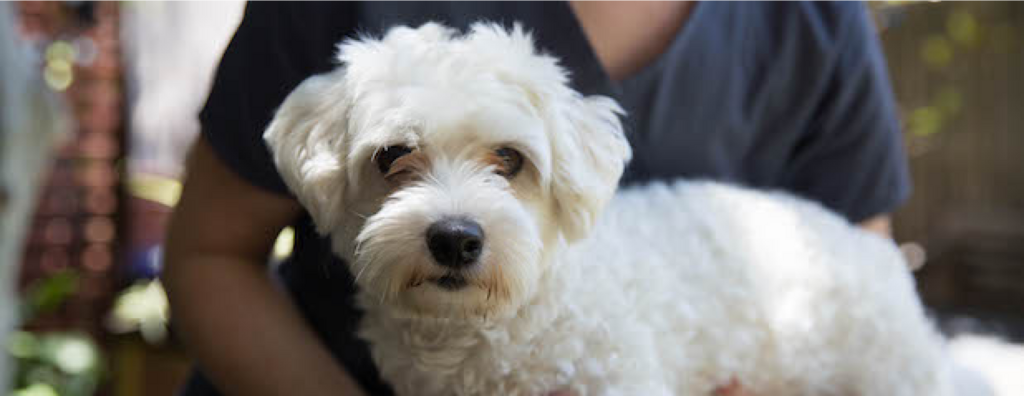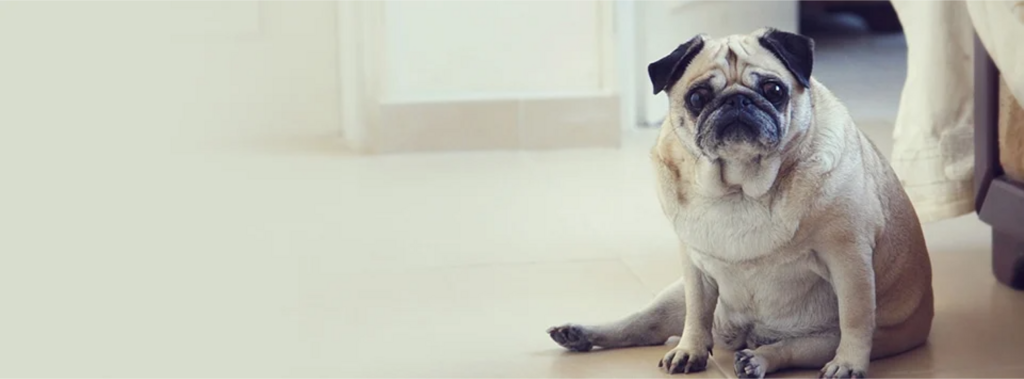Last Updated: 17/08/2025
Reverse Sneezing in Dogs
Want to know all about reverse sneezing in dogs? Check out our comprehensive Vet-written guide
Author: Dr Teagan Lever BVSc (Hons)
Reading Time: 4 minutes - short read
Have you ever heard of reverse sneezing in dogs? Though it is a common occurence, it can be quite worrying to hear, with some people thinking their dog is having difficulty breathing. Rest assured it is usually fairly harmless. No doubt you may have discussed this happening with your vet and often pet parents try and video their dog making the sound rather than trying to describe this strange snort, gag, cough, sneeze noise that their dog makes! It is also commonly googled although many people don't quite know the term of this strange noise their dog is making!
What is reverse sneezing?

Reverse sneezing can be described as a forceful inspiration of airflow as opposed to a sneeze which is a forceful expiration of air. It is a common occurrence in dogs but can be quite alarming to hear. The episode actually comes on quite suddenly and doesn't last long, usually within a minute it has ended. It is basically the body's attempt to clear some irritation from the back of the throat. Reverse sneezing can occur during the day or night and can occur in any breed, age or sex of dog but most commonly seen in young to middle aged smaller breeds.
Causes of reverse sneezing

Basically, any irritant to the nasal cavity, throat or sinuses can cause a reverse sneeze. The irritation results in a spasm in which the dog's neck will extend and the chest will expand as the dog tries harder to inhale air.
The common causes include:
- Allergies
- Nasal mites
- Foreign bodies (such as blades of grass)
- Secretions
- Nasal or sinus infections
- A growth in the nasal cavity or nasopharynx
- Anatomical issue (common with brachycephalic dogs)
- Idiopathic (no identifiable cause)
- Excitement
- Eating or drinking
- Pulling on the lead
Many cases of reverse sneezing are often termed "idiopathic" as there is no easily identifiable cause and the episodes, although sound scary at times, are often mild and self-limiting (resolve without treatment). Brachycephalic dogs (those with flat faces such as Pugs and Boxers), may often have an elongated soft palates, and occasionally this can get sucked into the throat when inhaling causing the reverse sneeze. For more information about respiratory issues in Brachycephalic dogs have a read of our article Brachycephalic airway syndrome in dogs. Smaller dogs seem to be more prone to reverse sneezing as well, probably due to their smaller throats.
If your dog tends to reverse sneeze when on the lead, have a read of our article How to stop your dog pulling on the lead.
Diagnosis of reverse sneezing

Diagnosis is usually based on the clinical signs meaning the owners witnessing the dog having a reverse sneezing episode. Remember that although you may be worried and think your dog is in respiratory distress, this is very likely not the case. The signs of a reverse sneeze are a series of strong and abrupt inspiratory noises, and the dog may have its neck extended. If the dog occasionally has these episodes, they often will not require any diagnostic tests. Although if there is a sudden onset of frequent episodes which are persistent or prolonged, then investigation may be required. This is usually achieved by clinical examination initally and thereafter examination at the back of the mouth and throat. Occasionally rhinoscopy as well as upper airway endoscopy and imaging with x-rays is required.
Treatment of reverse sneezing

No treatment is usually needed as most episodes are short in duration as when the sneezing stops the spasm is over. Gentle massage of the dog's throat can help stop the spasm as well as covering the dog's nostrils for a few seconds, as this can make them swallow. Additionally helping them remain calm by petting them gently and talking soothingly can help lessen the distress these episodes may have on your dog. If the cause of the reverse sneeze is known or identified with diagnostics, then treating this can help prevent future episodes. If your veterinarian suggests an allergic cause then diagnostics and treatments for this may help.
Have a read of our articles What is the best dog food for skin allergies? and Why does my dog have sensitive, itchy skin?
Prognosis and prevention of Reverse Sneezing

It is useful to record when the reverse sneezing episodes occur, the frequency and duration, as well as any other signs your dog may develop. Prognosis is typically good for this condition. If the trigger can be found or diagnosed it may help prevent future episodes with applicable treatment. As mentioned smaller breeds and bracycephalic breeds are more prone to these episodes as are dogs that are overweight. The reason for this is that when dogs are overweight they store fat all around their bodies even around the neck area. This can cause some compression of the airways due to extra fat around them possibly causing more reverse sneezing episodes.
For information about weight loss take a read of our article Tips to help your dog lose weight, and Obesity in dogs and cats.
History
Our experts continually monitor the health and wellness space and we update our articles when new information becomes available.
Wed Mar 12 2025
Edited by Dr Teagan Lever BVSc (Hons)Dr Teagan Lever BVSc (Hons)
Head Veterinarian, BVSc (Hons)
Pet Circle's Head Veterinarian, Dr Teagan graduated from the University of Queensland in 2010 and went on to work in small animal and mixed practice in various locations around QLD & ACT before joining Pet Circle in early 2016. Dr Teagan has special interests in dermatology, nutrition and preventative health care. She feels privileged to witness the special bond people share with their pets on a daily basis and enjoys forming lasting relationships with pet parents and their fur children.

